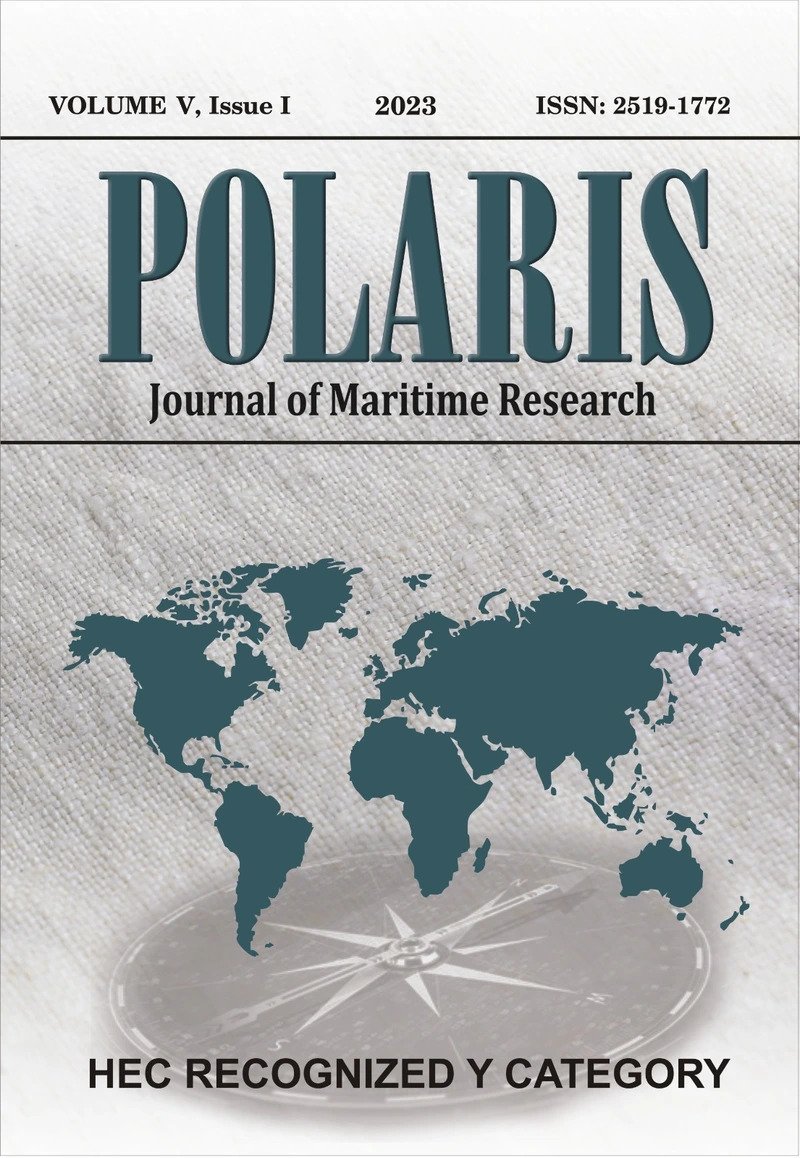Repercussion of meagre flow of the lower Indus River
DOI:
https://doi.org/10.53963/pjmr.2023.001.1Keywords:
Seawater penetration, increased uncultivable land, reduction in fisheries potential, lower Indus riparianAbstract
This study was intended to gauge seawater penetration in the lower Indus region and an overview on economic, social and ecological snags including (i) agriculture which is occupation of over 60% population residing in the Badin, Sujawal and Thatta districts of Sindh (ii) The escalating freshwater scarcity is leading to either displacement of populations or forcing them to live below poverty line due to the diminishing cultivable land (iii) People switched from agriculture profession to fisheries (iv) The lack of access to quality drinking water and the presence of unsuitable underground water pose significant health hazards (v) No-water in lower Indus region has damaged river and estuarine ecosystem that provide geo-ecological services (vi) Since long meagre dischargement of sediment reached toward delta permitted seawater to penetrate thousand acers of cultivable land into saline soil.
The most affected dehs of Thatta district include three Talukas Mirpur Sakhro (14 Dehs), Ghorbari (7 Dehs) and Keti Bunder (31 Dehs). Three dehs Milko, Pirpathai and Pumbri of Mirpur Sakhro are completely under sea water and out of agriculture. Sea water inundation has badly affected Ghorabari Taluka over thirty-two-thousand-acre land of seven Dehs are now briny. Thirty-one Dehs of Taluka Keti Bunder are completely barren. Badin district is divided in two talukas (Badin and Shaheed Fazil Rahu) and ten Dehs namley, Babralo, Dharan, Warayo, Sando, Patiji, Thath, Siantri, Khudi, Palh, Ahmed Rajo, out of which three dehs Babralo, Siantri and Ahmed Rajoare completely barren in a limited period of (2008-2018). Overall outcomes of this study reveal that southernmost region of Sindh encounter rampant seawater penetration. Hence, the construction of solid infrastructure such as coastal highways, dense forestation, reinforcement of coastal banks in affected areas, and ensuring continuous freshwater flow towards lower region imperative.









